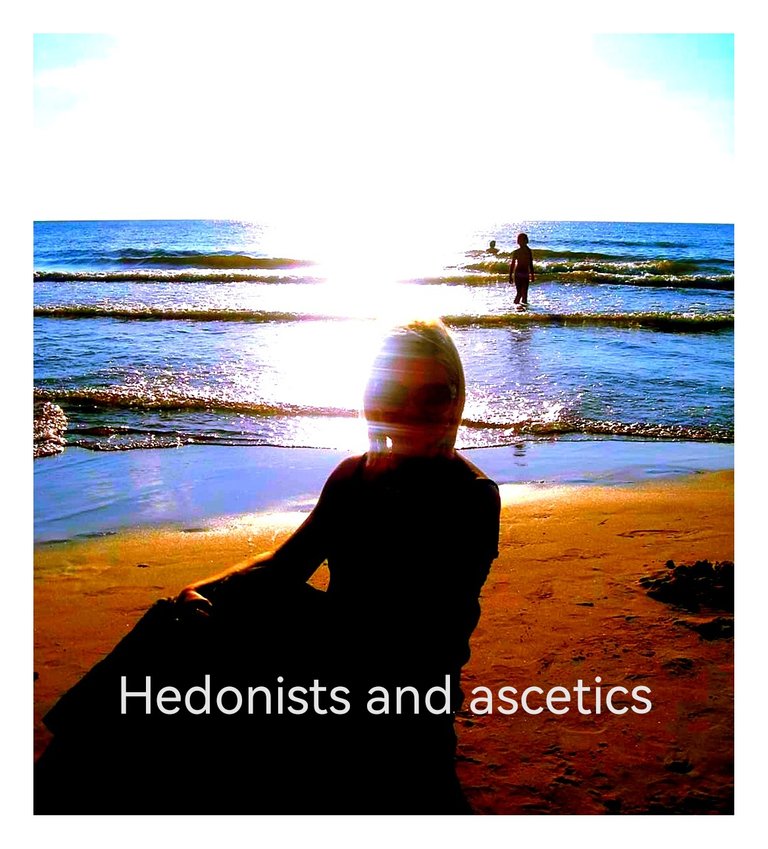
In my childhood, such Vilma lived in the house next door. I used to see her passing by with her elderly parents. I felt sorry for her, because her parents dressed her very badly. During the Soviet era, more beautiful things had to be fought for and, according to the communists, only hedonists pursued them.

Apparently, there were a lot of hedonists in my town, because the ascetics stood out a lot. If a person was dressed in something that could be bought in a store at any time, it ment that he was either an ideological communist or a deep believer.
I wanted to find out how Vilma's family lived, what her room looked like. I don't remember exactly at what stage of acquaintance I visited her house, but the cold interior of her apartment is still stuck in my memory.

The walls were painted smoothly in a blue with chalk paint, the bed in the corner was neatly laid out and covered with flowery plaid, a half empty sectional sidebar, and there were no device that could bring joy: neither a record player, nor a tape recorder, nor a television.
Vilma's parents set an entire living room for her, but I didn't even thought to envy her such luxury. My room was much smaller, but instead I had my favorite posters and paintings hanging there, and there was not only a record player, a TV, but also a tape recorder, I thought to myself as I returned home.

I felt very rich and happy comparing myself to Vilma. The ascetic interior did not answer the big question: were Vilma's parents communists or deeply religious? I soon found out when I saw them all kneeling in the church.
Philosophically speaking, even now there is essentially a war between hedonists and ascetics. Among those who want to live beautifully and pleasantly and among those who see the world through suffering and restraint.

Now I already understand that a minimalist life does not mean suffering at all, at least in the modern context. Rather, it's not wanting to serve things, but enjoying life. But no need for radicalism.
Now the concepts have changed, and in the Soviet era, in the times of forced asceticism, desiring beautiful things was quite revolutionary. Sometimes I think that this desire is what destroyed the Soviet Union. Evweryone seeked to live as in the West.
Or maybe it was more of a struggle between retrogrades and a more progressive society, but there is a nuance - retrogrades want to live in the decorations of the Soviet era, but so that the comfort remains western. That's some kind of "schizophrenia".

Now some explain that in the Soviet era people were very "spiritual" and only wanted freedom. But in fact, they were really quite materialists who admired the West not only for its order, but also for its high standard of living and various brand-name gadgets. It was certainly associated with the fight for freedom in a strange way: if you were dressed in branded clothes, it is as if you were no longer Soviet at all. But how much attention was paid to those clothes then! How much energy and time... Now, it seems to me, we are even less materialistic.
Old times. Such minimalism is even fashionable now. As a counterweight to the prop and kitsch decoration of life, to which some spend an infinite amount of time, money and energy. As the possibilities of owning things increase, so do many different attitudes.

==============
Thank you for reading. You are always welcome to check my posts.
All photos are original.
"Do what is right, mot what is easy nor what is popular" - R. T. BENNETH.
With love @lili255